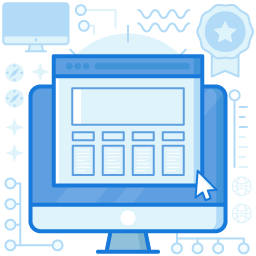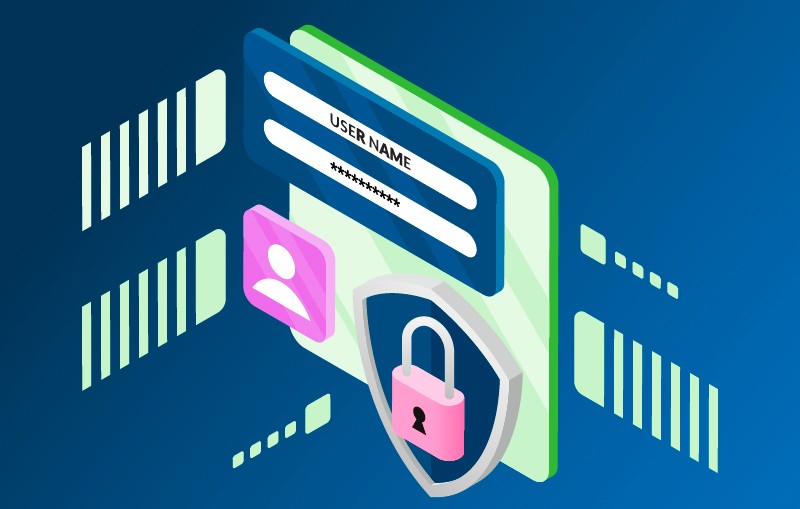Email Phishing Protection Is Essential To Protect Your Organizational Network From Phishing Attacks
Why deploying email phishing protection should be top priority.
Phishing is among the oldest forms of cyberattacks and dates back to 1990. However, it is still widespread, and adversaries are developing increasingly sophisticated forms of this cyber attack. It is worth noting that around a third of all breaches involve phishing. Phishing attacks use sophisticated social engineering techniques to dupe victims into parting information and finances, and email phishing protection is vital for all organizations’ well-being.
Table of Contents

What Is A Phishing Email?
Verizon’s 2019 Data Breach Investigations Report (DBIR) showed that 94% of malware was delivered via email. In a phishing email attack, an adversary contacts their victim through an email while pretending to be a legitimate organization.
Attackers use social engineering techniques to manipulate employees or individuals into taking actions that compromise sensitive information. Users are led to take action, such as clicking on a malicious link or downloading an infected attachment. Such actions cause a loss of financial data, passwords, and Personally Identifiable Information (PII).
What Do Phishing Emails Do?
Phishing emails can compromise unsuspecting victims in a large number of ways. Adversaries are coming up with better ways to target victims due to well-made templates and tools that they can purchase right off the shelf.
Here are a few things a cybercriminal could do with confidential data obtained using phishing.
- Steal usernames and passwords
- Gain access to internet banking and cause financial loss
- Apply for new credit cards and request new PINs
- Make purchases online using stolen credentials
- Abuse a user’s Social Security Number, thereby causing harm to their reputation
- Resell information to other parties on the dark web
Some Famous Phishing Email Examples
Several phishing email scandals have been impactful enough to make world news. Some of the more well-known phishing email examples are:
- Hillary Clinton Email Scandal: In this phishing email attack, Presidential candidate Hillary Clinton’s campaign chair John Podesta gave away his Gmail password.
- Celebrity Private Images Leaked: The intimate photos of several prominent celebrities were leaked due to a series of successful phishing attacks dubbed “Celebgate.”
- Ukrainian Power Grid Attacks: Malware delivered by Spear phishing attacks caused three energy providers in Western Ukraine to lose power, affecting several hundred thousand citizens. The attacks on the power plants were suspected to have been carried out by state actors.
How Do You Identify a Phishing Attack Online?
Identifying phishing attacks requires training and alertness on the part of vulnerable employees.
Although organizations may be employing some of the best phishing protection software, these only stop 99% of phishing emails. The few emails that land up in an inbox can still cause tremendous harm.
Here are some of the common traits in phishing emails that users should be on the lookout for.
- Requests Confidential Information: A phishing attack may request confidential info through an email.
- Uses Urgent Language: Phishing emails often use urgency and scare tactics to convince the victim to part information.
- Grammatical Errors: Phishing emails often have spelling mistakes in an effort to bypass word filters.
- Incorrect Addresses: Such emails often have spelling mistakes in the domain names of the sender, or the email addresses have a different TLD (top-level domain) such as .info instead of .com.
- Lack of Customization: Most phishing emails lack personalized greetings or customized information.
Types Of Phishing Attacks – ppt You Can Include In Your Phishing Prevention Plan
The different types of email phishing attacks are given below
- Common Email Phishing: The most well-known kind of phishing attack, such attacks steal information via emails that seem to be genuine. Such attacks are not targeted.
- Spear Phishing: Spear-phishing attacks are highly targeted and well-researched. The attacks are usually focused on executives in organizations, public figures, or high-value targets.
- Clone Phishing: In such attacks, the adversaries clone a legitimate email and insert malware into it. They then replace existing links with malicious ones. The adversaries take control of a person’s emails and infect the contacts of the victim.
- Business Email Compromise: Such emails appear to come from someone associated with an organization and request employees to take urgent action such as purchasing gift cards or wiring money.
- Whaling: Whaling is a type of spear phishing where adversaries impersonate extremely high-value targets to mislead employees. It is also popularly known as CEO fraud.
How to Stop Phishing Emails: Email Phishing Protection Techniques
The following techniques can protect organizations from phishing emails.
- Avoid Clicking Links: Users must not click on links in promotional emails, instead go to the website and avail promotions directly from them.
- Don’t Provide Confidential Information: Refrain from providing personal and confidential information to any unsolicited request.
- Use Spam Filters: A high-quality email spam filter should be used to deal with phishing in both inbound and outbound emails.
- Use Sites With HTTPS: Users should never divulge data on sites without HTTPS in the web address. Checking for the “lock icon” on the web browser is recommended.
- Call and Verify: It is always advisable to call the organization that is seemingly seeking details and seeks confirmation. Call on official numbers and not those provided in the email.
- Check Grammar and Punctuation: Emails with poor grammar are usually fraudulent.
- Have a Strong Password Policy and MFA: A strong organization-wide password policy along with multi-factor authentication can prevent several scams.
How To Mitigate Phishing Attacks For Your Organization?
Organizations should set up incident response plans to counter phishing attacks and mitigate fallout caused by them. An efficient incident response plan necessitates that analysts segregate useful information from noise and gain intelligence that they can act upon from user-reported emails. Phishing analysis tools can be used to automate this process, which IT security teams can adopt, to quarantine suspicious emails without disrupting the email environment.
To understand exposure from successful phishing attempts, security teams can request an instant data risk assessment to rapidly uncover sensitive data at risk and prioritize remediation.
Final Words – Awareness is the Best Phishing Protection
When it comes to phishing, awareness is the best protection. Phishing is directed to employees, and although they are often the weakest link in cybersecurity, properly trained employees can be an organization’s greatest asset. Having the right software solutions to complement such training is necessary for superior email phishing protection.
Join the thousands of organizations that use DuoCircle
Find out how affordable it is for your organization today and be pleasantly surprised.
